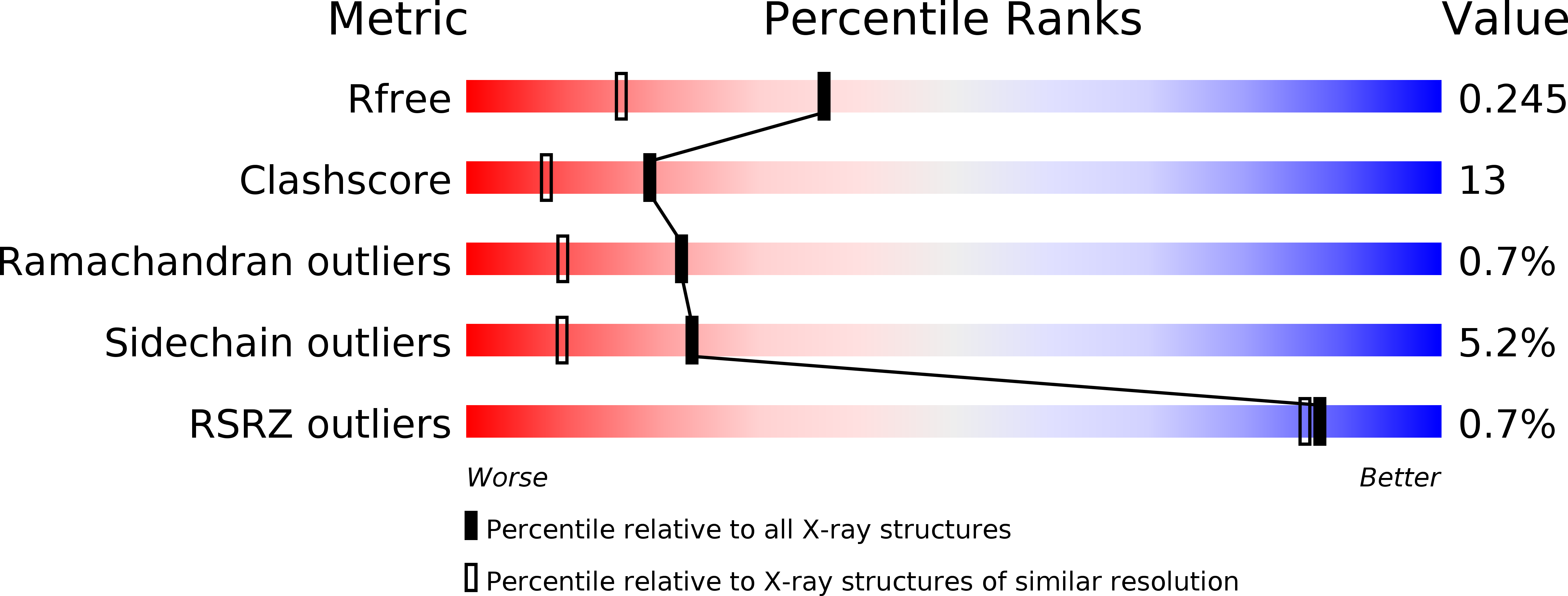
Deposition Date
2007-01-05
Release Date
2007-01-16
Last Version Date
2024-05-08
Entry Detail
PDB ID:
2JD9
Keywords:
Title:
Structure of a pectin binding carbohydrate binding module determined in an orthorhombic crystal form.
Biological Source:
Source Organism:
YERSINIA ENTEROCOLITICA (Taxon ID: 630)
Host Organism:
Method Details:
Experimental Method:
Resolution:
1.80 Å
R-Value Free:
0.24
R-Value Work:
0.17
R-Value Observed:
0.17
Space Group:
P 21 21 21


